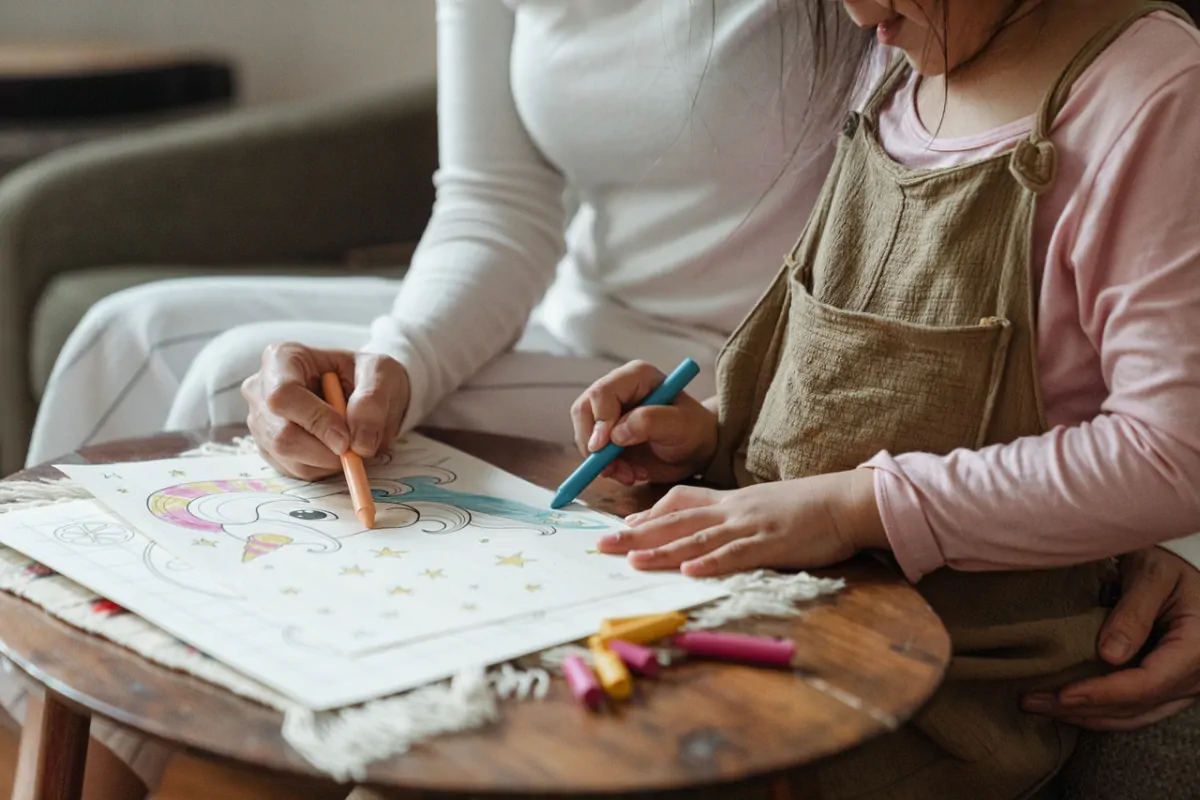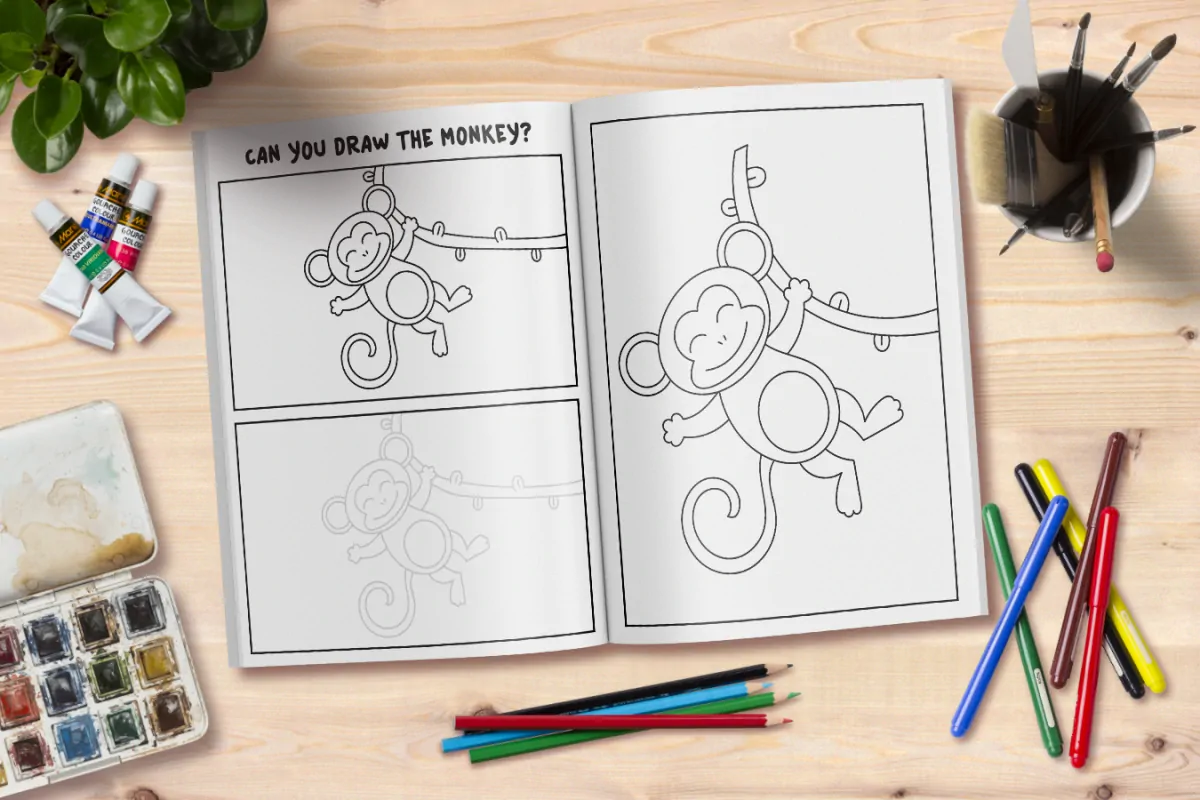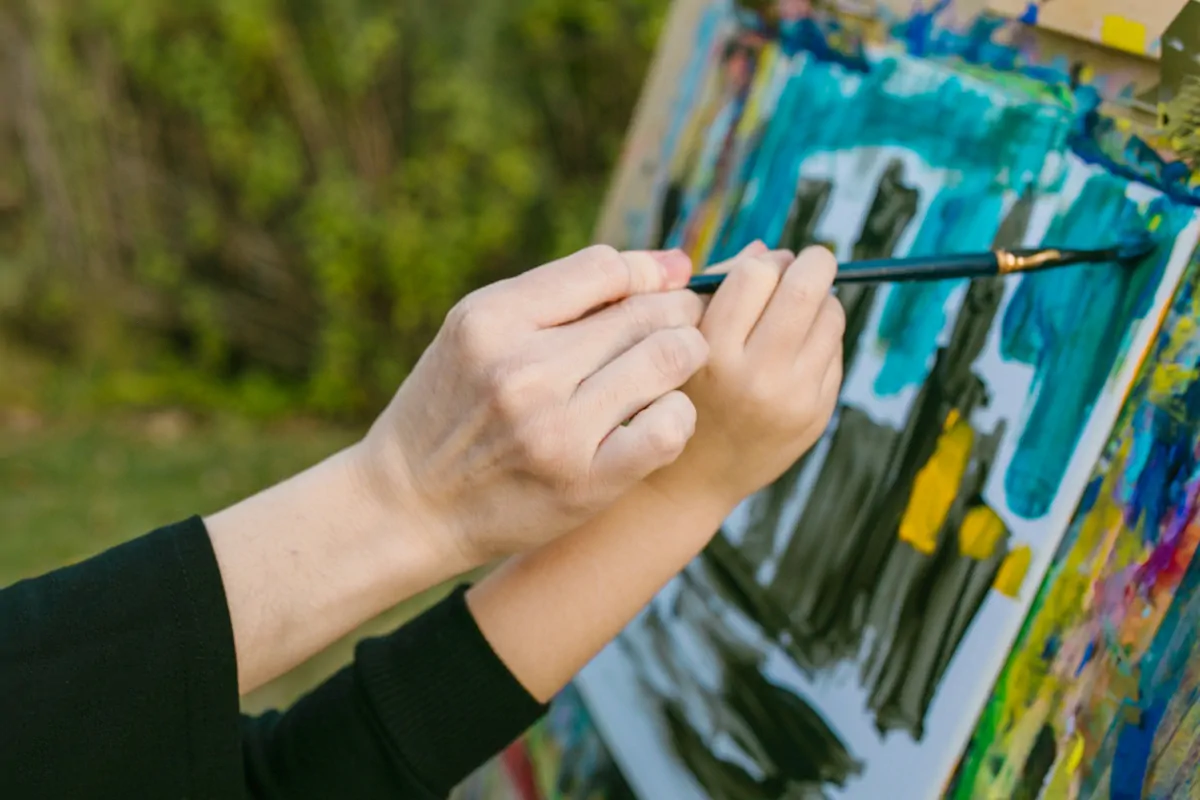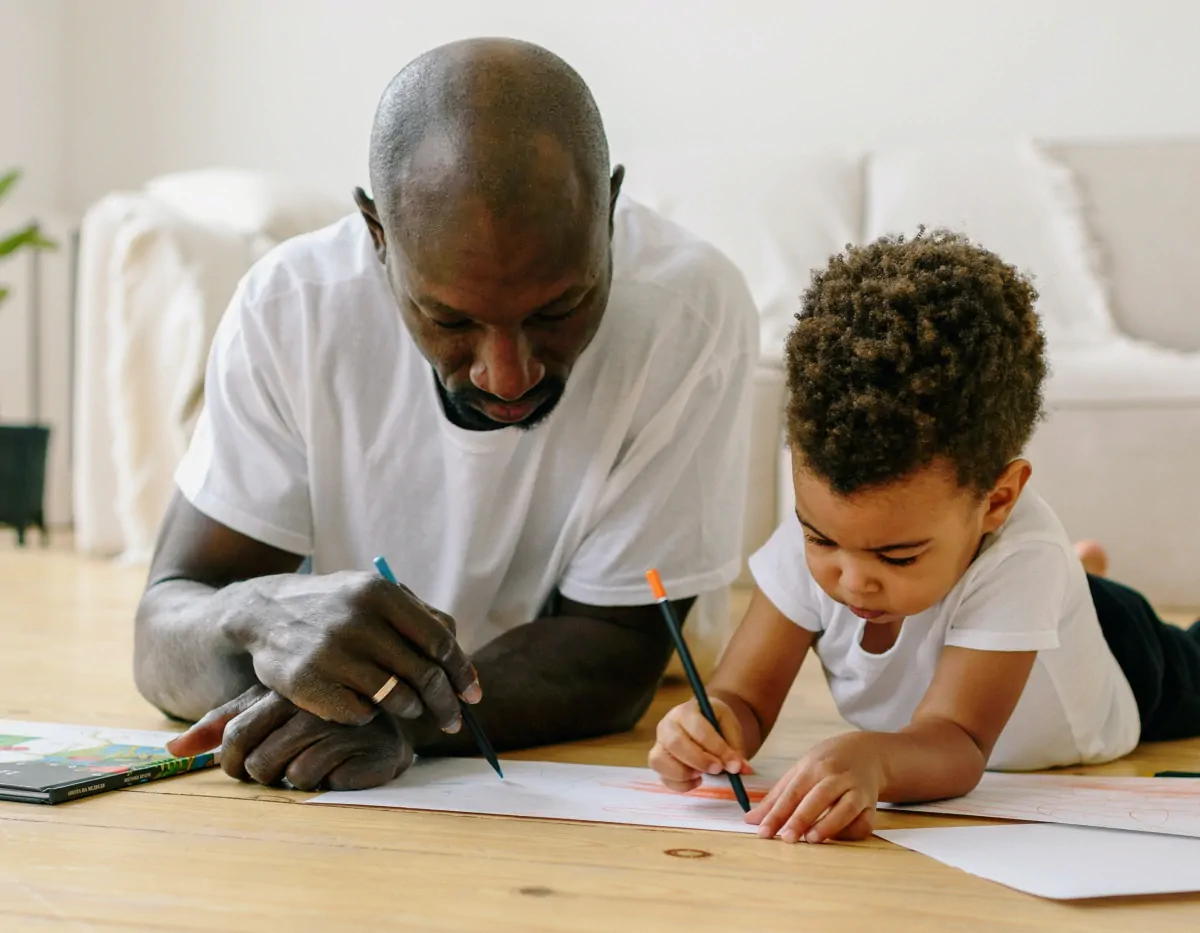As we know, a child’s early years are an increasingly important time in their life. Early childhood experiences both shape and mold the foundation of a child’s future in regards to the development of social skills, lifelong learning abilities, cognitive skills and future relationships – and it all starts here! Simply coloring in the lines of these pieces helps in developing fine motor skills and hand eye coordination.
We’ve put together a list of some tips and tricks for parents trying to guide their little Picasso into art and creativity!
1. Provide guidance on how to correctly hold art tools
Whether your child is using pencils, pens, crayons or a paint brush, it is important to make sure that they are holding it in the correct way. This ensures that their technique as well as fine motor skills are developed to their maximum potential.
This will also make coloring easier, and therefore more enjoyable! Teach your child to hold smaller sized brushes closer to the tip and larger sized brushes more towards the end in order for them to have more control over their strokes.
Using a range of different tools will teach your child how to effectively apply certain tools to specific spaces.

2. Offer a range of coloring tools
Most of the fun in creativity stems from the sense of freedom it brings. Make sure to introduce your children to all kinds of art supplies in order to expand their choices. Consider pencils, crayons, paints, thick markers, thin markers – the options are endless!
By providing your children with choices you’re likely to inspire in them feelings of initiative and independence!

3. Use the hand-over-hand technique
If you have a young child who is still in the beginning stages of coloring, try using the hand-over hand technique.
This one’s pretty self-explanatory – by placing your hand over your child’s hand you can help guide them through coloring and model the motions they need to make.

4. Join them!
Sometimes seeing your parents take the initiative of being creative, is enough to spur creativity in young children.
Modelling is one of the most effective ways that children learn – so, taking part in creative activities or living a generally art-driven lifestyle is a great way to transfer the creativity trait onto your children.
Either take turns or colour together in this book, actively involving yourself in a creative, fun activity!

5. Encourage creativity often
As we know, consistency is the most crucial component of building a new skill or habit. Encourage your child to be creative at least once every day – whether it be drawing, coloring or painting. With repeated encouragement on your end, you child will be able to practice and develop their creative skills.
With a little dedication, time and enthusiasm – you’ll have a little artist in your home in no time!














0 Comments